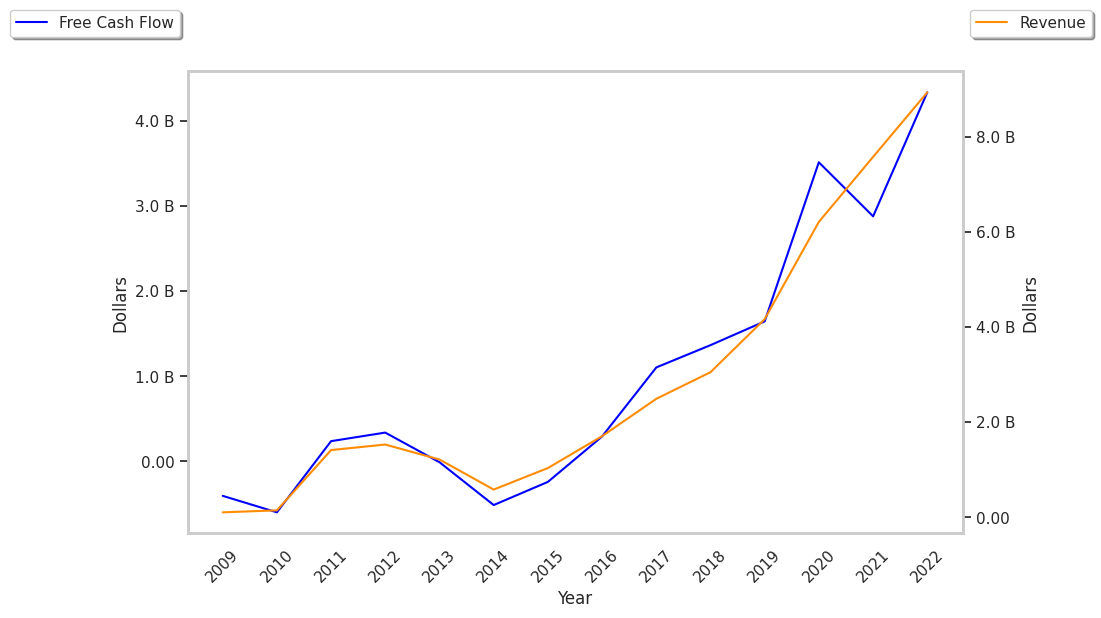Pharmaceutical company Vertex Pharmaceuticals is taking Wall Street by surprise today, falling to $380.57 and marking a -19.4% change compared to the S&P 500, which moved -0.0%. VRTX is -22.12% below its average analyst target price of $488.67, which implies there is more upside for the stock.
As such, the average analyst rates it at buy. Over the last year, Vertex Pharmaceuticals has underperfomed the S&P 500 by -21.2%, moving -0.4%.
Vertex Pharmaceuticals Incorporated, a biotechnology company, engages in developing and commercializing therapies for treating cystic fibrosis (CF). The company is part of the healthcare sector. Healthcare companies work in incredibly complex markets, and their valuations can change in an instant based on a denied drug approval, a research and development breakthrough at a competitor, or a new government regulation. In the longer term, healthcare companies are affected by factors as varied as demographics and epidemiology. Investors who want to understand the healthcare market should be prepared for deep dives into a wide range of topics.
Vertex Pharmaceuticals does not release its trailing 12 month P/E ratio since its earnings per share of $-3.83 are negative over the last year. But we can calculate it ourselves, which gives us a trailing P/E ratio for VRTX of -99.4. Based on the company's positive earnings guidance of $18.77, the stock has a forward P/E ratio of 18.7. As of the third quarter of 2024, the average Price to Earnings (P/E) ratio for US health care companies is 22.94, and the S&P 500 has an average of 29.3. The P/E ratio consists in the stock's share price divided by its earnings per share (EPS), representing how much investors are willing to spend for each dollar of the company's earnings. Earnings are the company's revenues minus the cost of goods sold, overhead, and taxes.
To deepen our understanding of the company's finances, we should study the effect of its depreciation and capital expenditures on the company's bottom line. We can see the effect of these additional factors in Vertex Pharmaceuticals's free cash flow, which was $-790300000 as of its most recent annual report. Free cash flow represents the amount of money available for reinvestment in the business or for payments to equity investors in the form of a dividend. In VRTX's case the cash flow outlook is weak. It's average cash flow over the last 4 years has been $1.9 Billion and they've been growing at an average rate of -45.0%.
Another valuation metric for analyzing a stock is its Price to Book (P/B) Ratio, which consists in its share price divided by its book value per share. The book value refers to the present liquidation value of the company, as if it sold all of its assets and paid off all debts). Vertex pharmaceuticals's P/B ratio is 5.68 -- in other words, the market value of the company exceeds its book value by a factor of more than 5, so the company's assets may be overvalued compared to the average P/B ratio of the Health Care sector, which stands at 3.19 as of the third quarter of 2024.
Since it has a negative P/E ratio., a higher than Average P/B Ratio, and positive cash flows with a downwards trend, Vertex Pharmaceuticals is likely overvalued at today's prices. The company has poor growth indicators because of no PEG ratio and with a negative growth trend. We hope you enjoyed this overview of VRTX's fundamentals. Be sure to check the numbers for yourself, especially focusing on their trends over the last few years.



